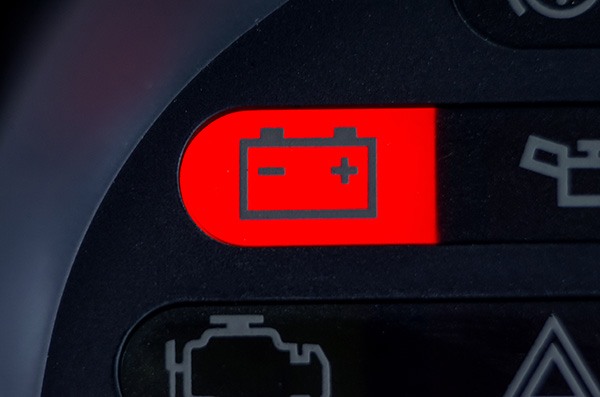Posted on 9/26/2025

Modern Mercedes-Benz vehicles are equipped with sophisticated electrical systems, and at the center of it all is the Battery Management System (BMS). This system monitors, regulates, and protects the vehicle’s battery, helping to ensure long-term performance, especially in newer models with features like start-stop technology, regenerative braking, and multiple onboard computers. But as smart as these systems are, they’re not immune to failure. When the BMS starts acting up, it can lead to a host of electrical issues that are confusing to diagnose and frustrating to live with. Understanding why these systems fail and what to do when they do will help you stay ahead of bigger problems. What Does the Battery Management System Do The BMS isn’t just a fancy monitor. It’s a network of sensors, software, and electronic control units that handle everything from battery voltage regulation to energy distribution. Its job is to ensure the battery remai ... read more
Posted on 9/23/2025
Few things make drivers more anxious than a mysterious light on the dash—especially one shaped like an exclamation point inside a tire. While it can be startling, this light is designed to keep you safe, not to ruin your day. At MB Clinic in Denver we see cars come in with this exact warning, and most of the time the solution is simpler than owners expect. The exclamation mark inside a horseshoe shape (sort of like a flattened tire) is the Tire Pressure Monitoring System (TPMS) alert. It likely means that one or more tires have lost pressure and are underinflated. Newer Mercedes models will also display an outline of a car and indicate which tire is underinflated. Driving with low tire pressure can reduce fuel economy, wear out tires faster, and even lead to a blowout. Pull over when safe, visually inspect the tires, and use a pressure gauge to confirm the readings. If you’re unsure, but the tire is not flat, swing by our shop—we’ll check and inflate them prope ... read more